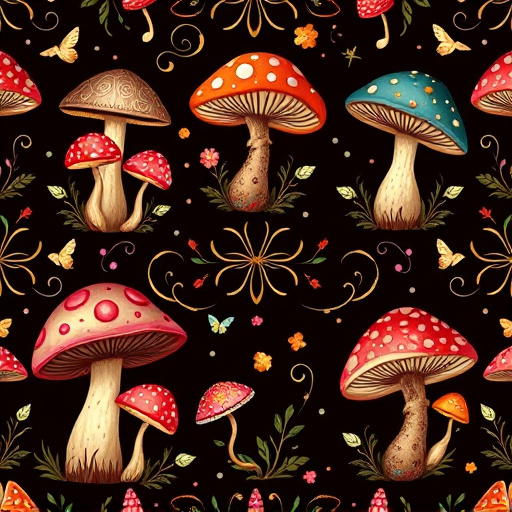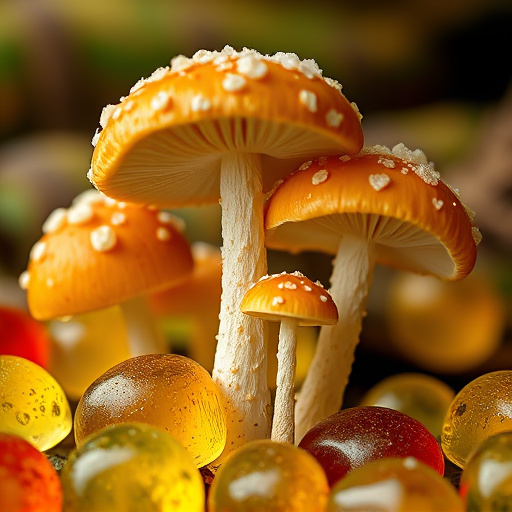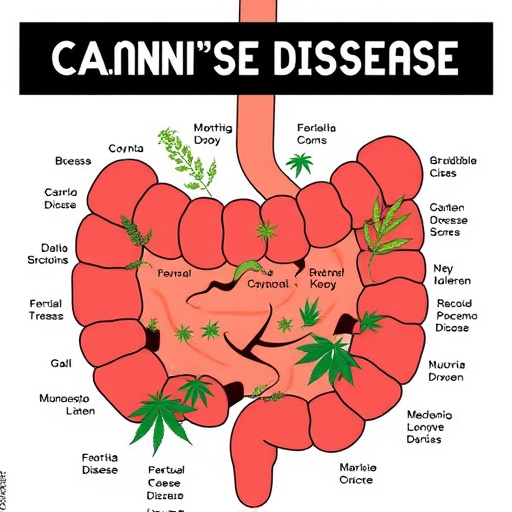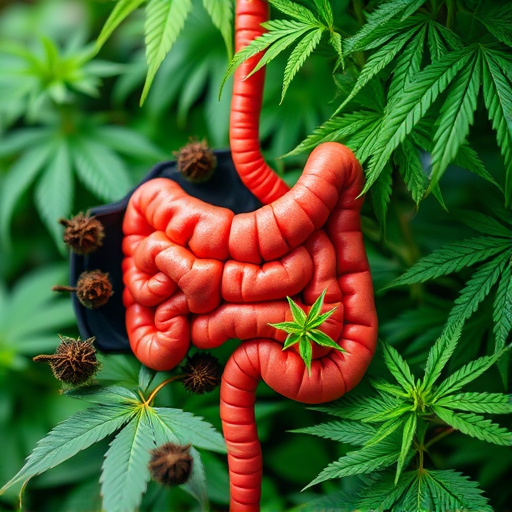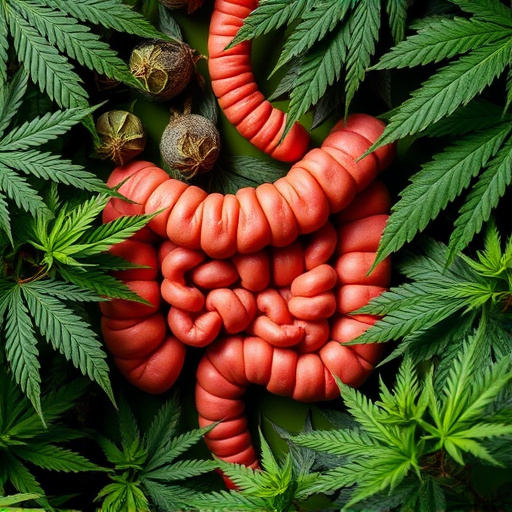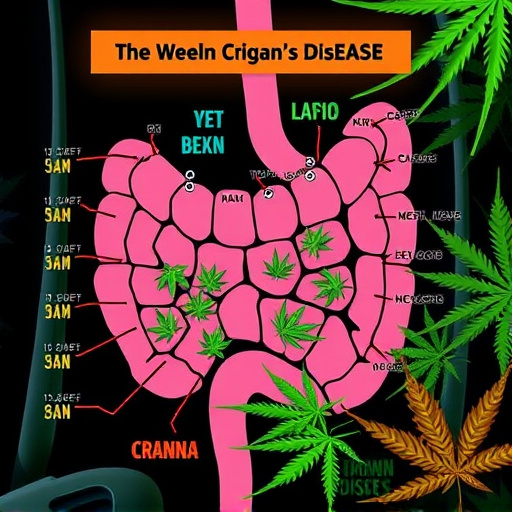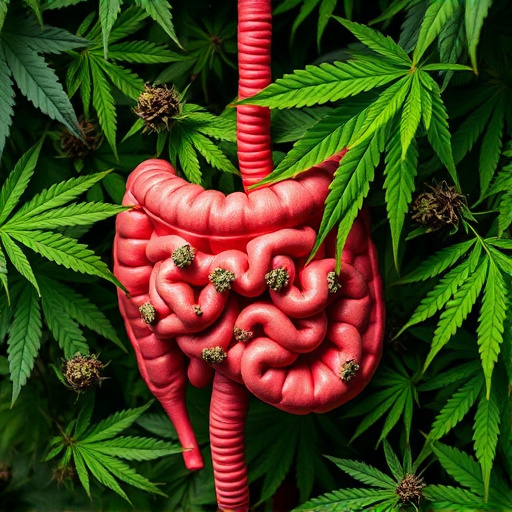TL;DR:
Individuals with Crohn's disease using cannabis for therapy must inspect flowers for mold/mildew (discolored spots, fuzzy texture), musty odors, shriveled buds, and crispy texture. These signs indicate reduced quality and potential health risks. Prioritize safety by storing cannabis in airtight containers at room temp, away from direct sunlight and moisture, maintaining humidity between 40-50% and a temperature of around 68°F (20°C). Proper storage, choosing reputable sources, and staying informed about strain quality are vital to avoid adverse effects while managing symptoms with cannabis.
Discovering if your cannabis flower has gone bad can be a delicate task. This guide explores how to identify spoilage through visual and olfactory cues, helping you avoid potential risks. We delve into safety considerations, especially crucial for conditions like Crohn’s disease, where quality control is paramount. Additionally, we provide storage tips to preserve the integrity of your cannabis strains, ensuring a consistent and safe experience.
- Identifying Visual and Olfactive Cues: What to Look For
- Understanding the Impact on Consumption: Safety Considerations
- Storage Tips to Prevent Cannabis Flower from Spoiling
Identifying Visual and Olfactive Cues: What to Look For
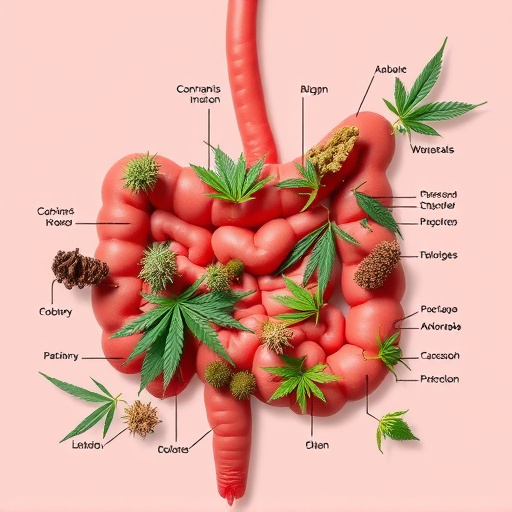
When it comes to identifying if your cannabis flower has gone bad, especially for those with conditions like Crohn’s disease relying on cannabis for therapeutic effects, paying close attention to visual and olfactory cues is key. Look for any signs of mold or mildew, which can appear as discolored spots or fuzzy textures on the flowers. A musty or pungent odor that is off or significantly stronger than usual could also indicate spoilage. These issues not only impact the quality but might also pose potential health risks.
Additionally, check for shriveled or wilted buds, which have lost their elasticity and vibrancy. If the flowers feel dry to the touch or appear crispy, it’s a strong indicator that they’re no longer fresh. The texture of cannabis should be sticky and tacky; if it feels powdery or crumbly, it’s likely past its prime. Remember, these visual and olfactory clues are your first line of defense in ensuring you’re using safe and effective cannabis strains for managing conditions like Crohn’s disease.
Understanding the Impact on Consumption: Safety Considerations
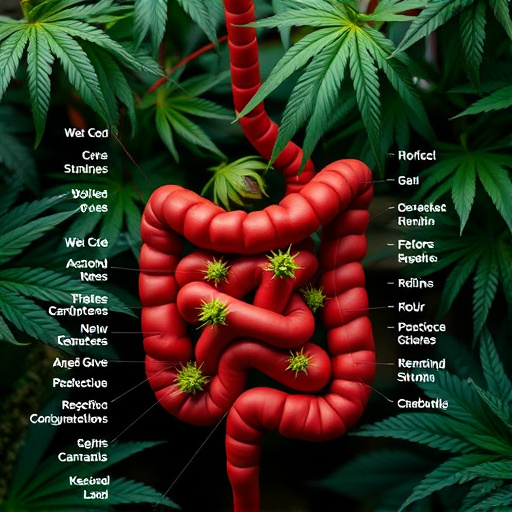
Cannabis consumers, especially those with conditions like Crohn’s disease, need to be vigilant about ensuring their flowers remain potent and safe for consumption. Understanding the potential impact on health is crucial. Consuming spoiled cannabis can lead to adverse effects such as nausea, dizziness, anxiety, or even more severe reactions in sensitive individuals.
When it comes to safety, recognizing the signs of bad cannabis is essential. Musty or earthy odors, a damp or moldy texture, and changes in color are clear indicators that the flower has gone bad. For those with Crohn’s disease, who often rely on cannabis for symptom management, these signs can be particularly concerning. Choosing reputable sources, proper storage, and staying informed about the quality of your cannabis strains are key to avoiding such issues and ensuring a positive, safe experience.
Storage Tips to Prevent Cannabis Flower from Spoiling
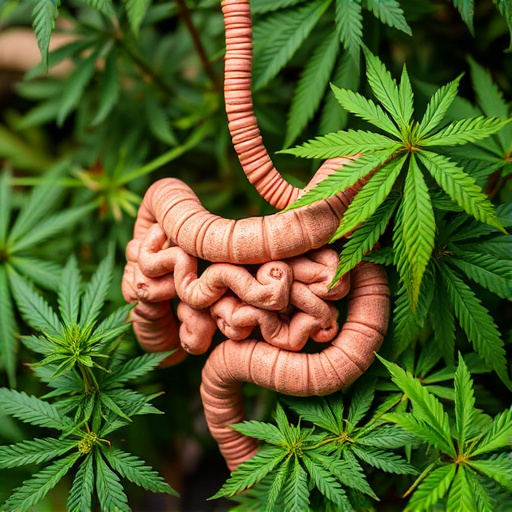
Proper storage is key to preserving the potency and quality of your cannabis flowers, especially for those with conditions like Crohn’s disease who rely on specific strains for relief. To maintain freshness, store your cannabis in an airtight container at room temperature, away from direct sunlight and moisture. Consider using a vacuum-sealed bag or an oxygen-absorbing packet to reduce exposure to oxygen, which can accelerate spoilage. Keep them in a cool, dark place like a pantry or closet. Avoid refrigerating or freezing cannabis unless it’s already in edible form, as these conditions can alter the plant’s chemical composition. Additionally, keep them out of reach of children and pets to ensure safety.
For long-term storage, consider investing in a digital humidity monitor and a temperature-controlled safe. Maintain a consistent humidity level between 40-50% and a stable temperature around 68°F (20°C). This environment slows down the aging process, preserving the therapeutic benefits for extended use. Remember that different cannabis strains may have unique storage requirements, so always check the specific guidelines for your particular variety. By following these storage tips, you can ensure that your cannabis flowers remain potent and effective for managing conditions like Crohn’s disease.
When it comes to using cannabis for medical purposes, such as managing Crohn’s disease, ensuring the quality and safety of your flower is paramount. By learning to identify visual and olfactory cues, understanding the impact of spoilage on consumption, and implementing proper storage practices, you can extend the life of your cannabis strains and maintain their effectiveness. Remember, proper handling and storage are key to preserving both potency and safety, allowing you to harness the full potential of cannabis for your well-being.
